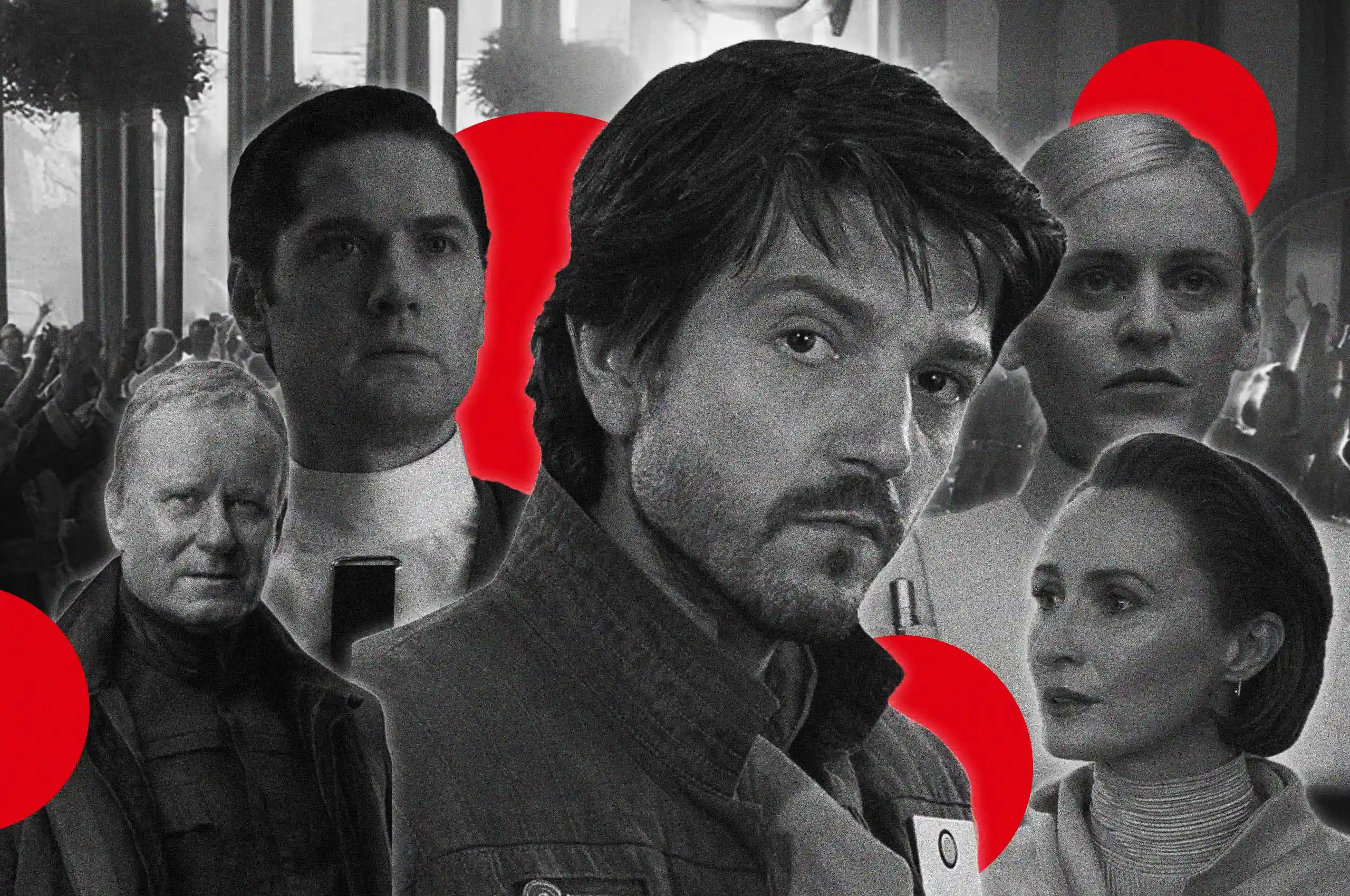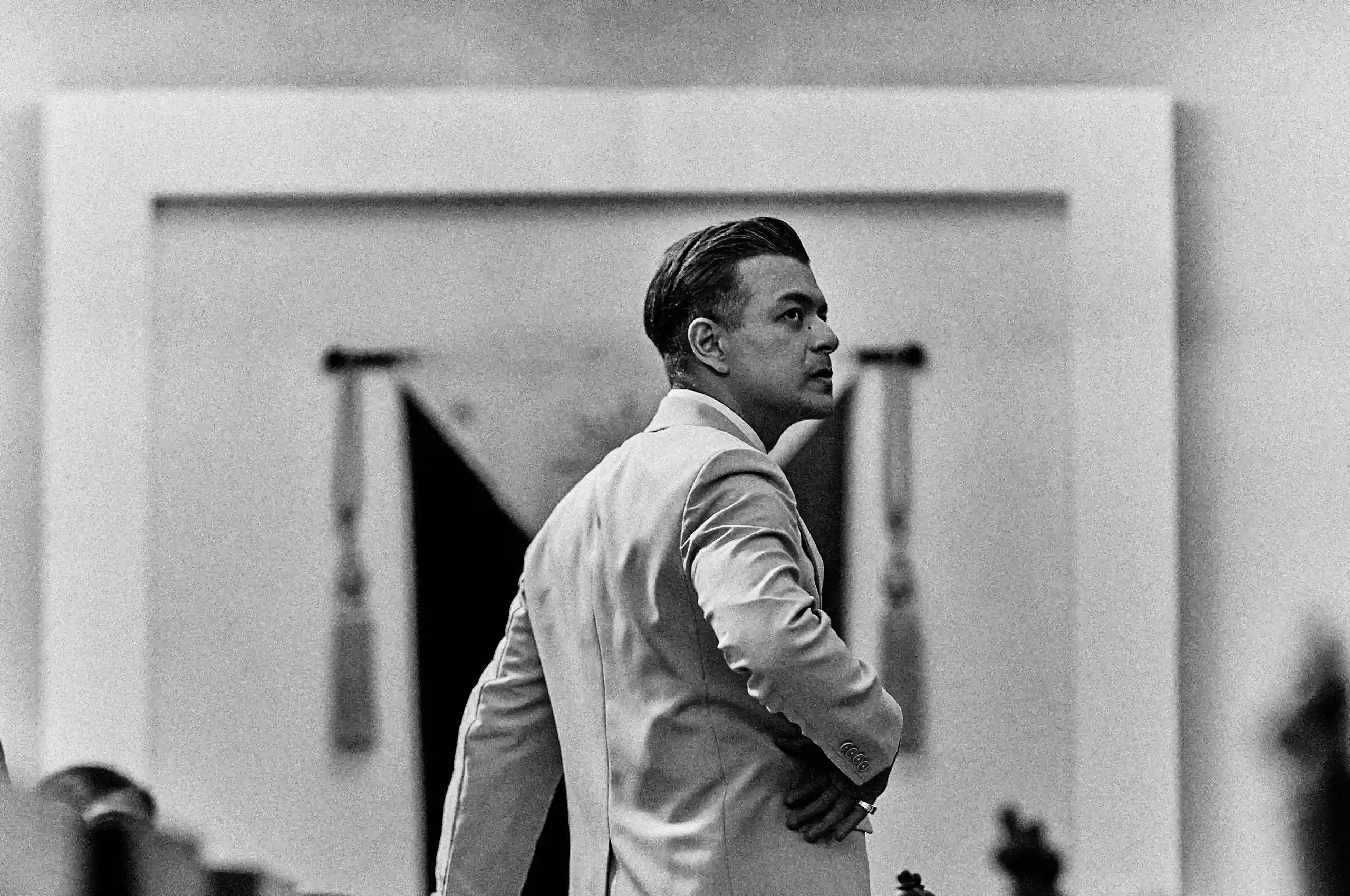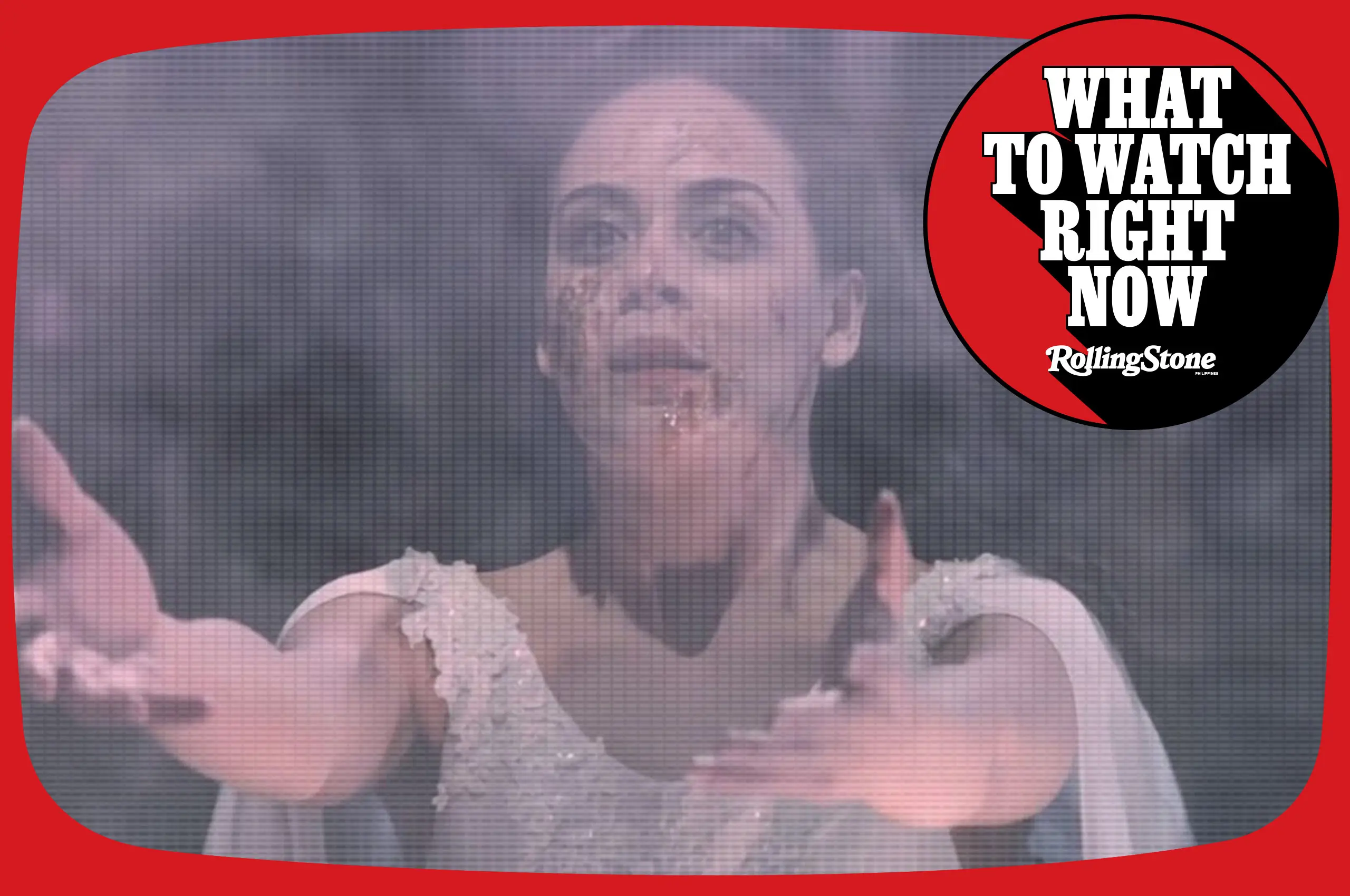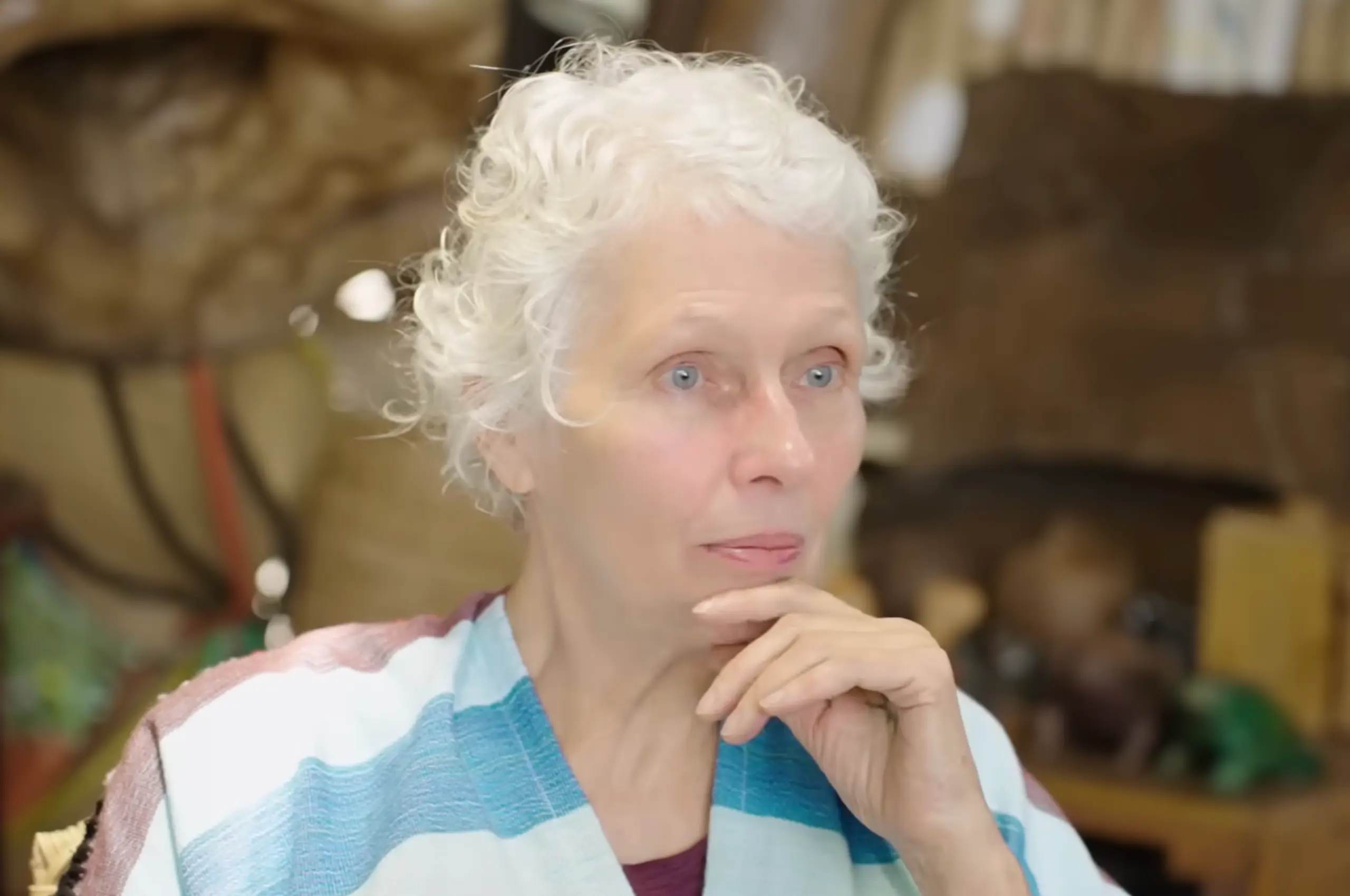By the end of its two-season run, Andor has become a collection of three-episode arcs that dig deep into how the rebellion was built on the backs of ordinary people. There are hardly any force-sensitive players in here. Luck plays quite a bit of a role in the adventures of Cassian (Diego Luna), Luthen (Stellan Skarsgård), Senator Mon Mothma (Genevieve O’Reilly) , and the rest of the sprawling cast of characters in Andor. The three represent some sort of a holy trinity that has fueled the rebellion up to its organized era: Senator Mothma being the politician, Luthen the network, and Cassian the man on the ground.
Set five years before the climactic Battle of Yavin (where the Death Star was pulverized by the ragtag band of rebel forces in A New Hope), the operations in Andor are the things only exist in subtext in the Star Wars films: stealing an Imperial payroll to fund the rebellion, jumpstarting an uprising in a small scrapyard planet, and following the routine of a labor prison camp that culminates in, again, an uprising. The mechanics of an insurrection are on display in Andor to its tiniest detail, from a germ of an idea or propaganda (as shown in the Ghorman arc in Season 2, where a rich planet is ultimately leveled off for its natural resources) to its aftermath.
The spin-off series from Rogue One: A Star Wars Story promised the exploits of the titular Cassian Andor, the gruff yet charming rebel who roped in Felicity Jones’ Jyn Erso in the 2016 film. In the wake of the success ofThe Mandalorian and the middling reception of The Book of Boba Fett and Obi-Wan Kenobi, Andor proved to be the breath of fresh air in Star Wars’ live-action shows on Disney+ when it premiered in 2022. Andor mined the depth of characterization of its titular hero, tracing his origins from a criminal on the run to one of the — lowkey — most important figures of the Rebel Alliance.
The show acted more as a political thriller than a lightsaber-wielding adventure. But there’s more to Andor than spycraft. It gave us insight to how the Empire works as an institution, how it is an entity versus a monolith, eventually giving us two of the most disgusting yet fascinating characters this side of evil — the ambitious Syrill Karn and the sour-faced fascist Dedra Meero (played brilliantly by Kyle Soller and Denise Gough, respectively, who turned out to be some of the goofiest actors recruited in the Star Wars universe).
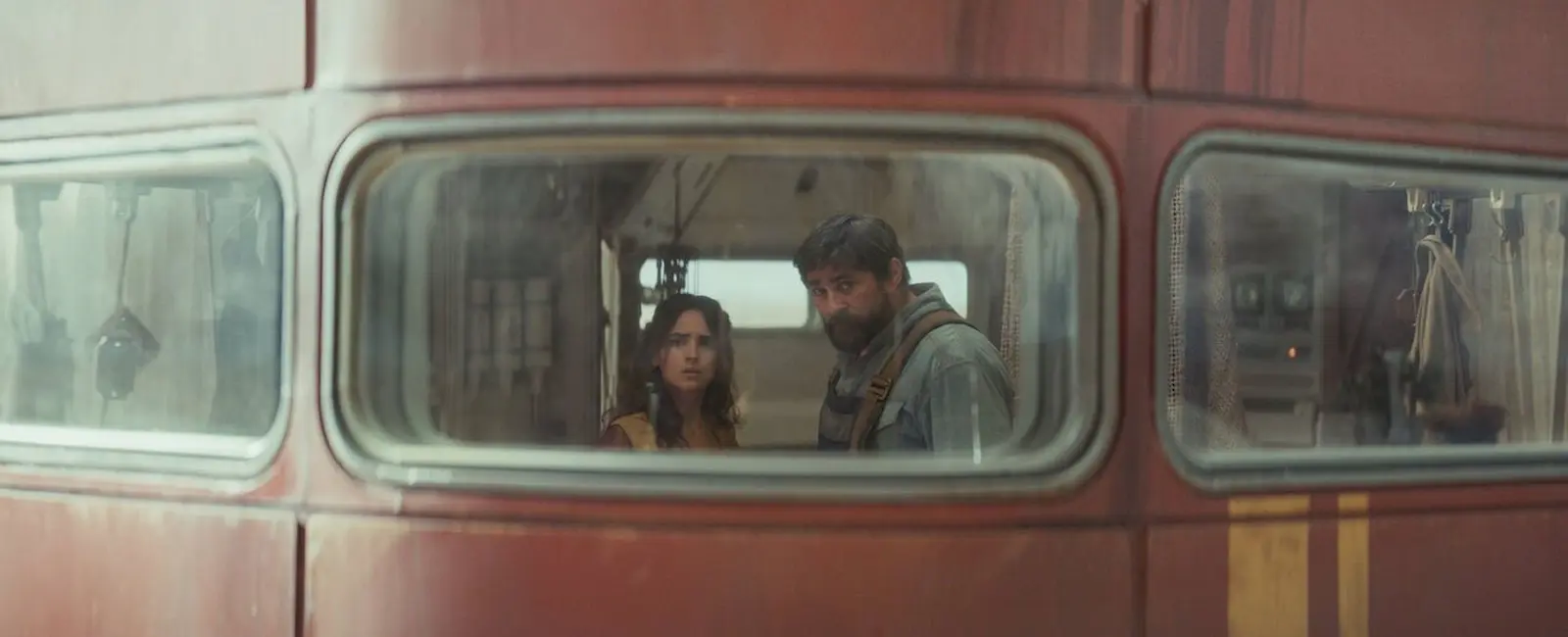
Andor can be tough to plow through. Its inner workings depend on interactions and decisions that make it more of a Slow Horses but Star Wars (i.e., a lot of talking), but its sophisticated storytelling and editing make it one of the most compelling shows on TV, not just in the Star Wars universe. Creator and executive producer Tony Gilroy has given us some of the most thrilling espionage films of all time, from The Bourne trilogy to Rogue One and his knack for complicated yet gripping narratives is on full display here. Gilroy has said how it can be easy to map out the five-year gap between the start of the show and the initiating events of Rogue One, given that we already know Cassian’s fate, along with Senator Mothma (who appears in both Rogue One and Return of the Jedi. But what Gilroy and the show’s writers have achieved in 24 episodes shows how exhaustive and rich stories in Star Wars can be.
In the original trilogy, the explosion of the Death Star represented the vanquishing of evil. But in Andor, we witness the makings of the “planet killer,” how cultures were eradicated for its material, how the miscalculation of Imperial leaders led to a massacre, and ultimately, the unification of the Rebel Alliance. The resistance in Star Wars was concentrated, though minuscule compared to the resources of the Empire. But what George Lucas didn’t let us see was what’s underneath. That it took years, pockets of genocide, and other Imperial atrocities to finally light the fire that would become the party that Senator Mon Mothma led.
The ordinariness of it, the verisimilitude, and how it felt so close to what we’re living in is what makes the show so unique, and perhaps, a fluke within the roster of Star Wars shows. That we haven’t gotten a film similar to Rogue One is a testament to that. “I think what’s cool about the show is it’s really about ordinary people, just regular people who are just going about their lives,” Gilroy told Rolling Stone in an interview about the second and final season. “And all of a sudden, history is knocking on the door. What happens when the shit comes to your neighborhood?”
One week later
It’s Andor’s distinctiveness that makes its absence so palpable now. Darth Vader doesn’t appear. Lightsabers are traded for blasters, and they spend so much time seeing characters scheme and hatch plots. One week after the show has ended, memes are still thriving, and awards-season speculation is spreading among its admirers.
In an interview, Gough said it took the sight of Stormtroopers on set before she was reminded, again, that she was doing a Star Wars show. Gough’s Dedra Meero paired ambitions with fascism: that she was willing to sacrifice everything to graduate from her supervisor position to someone important and beloved by the higher ups of the Empire, an ambition that brought her close to Director Krennic, a role reprised by the delicious Ben Mendelsohn in the show (“This is how you utilize Ben Mendelsohn, Secret Invasion!” one tweet said, drawing parallels between two Disney+ franchise espionage shows).
But Gough, in an interview with Time Out, realized that this ambition isn’t climbing the ranks; it’s about control. She said, “What’s really terrifying is, it’s way more than that. It’s like she’s saving the Empire. She’s interested in actual control of everyone, and everything.” As you watch Andor, you realize that you’re watching some of the most evil characters here aren’t lightsaber-wielding Sith lords: they’re employees like Deedra who truly believe in what the Empire does.
On the other end of the spectrum is Senator Mothma, a politician who understands the perils of both the rebellion and succumbing to the evils of the Empire. The binaries of light and dark, good and evil, aren’t so necessarily present in Mon Mothma. She understands that keeping the rebellion alive means making difficult choices, even if it involves people who are close to her.
She delivers a rousing speech towards the end of the series, realizing her role in the scheme of things and what she has to do. “The distance between what is said and what is known to be true has become an abyss. Of all the things at risk, the loss of an objective reality is perhaps the most dangerous. The death of truth is the ultimate victory of evil.” It’s easy to say that what Senator Mothma says here is too prescient, but it also fits in the logic of the Star Wars universe, a path for us to understand the struggle between the Empire and the rest of the galaxy.
But in all of Andor’s character, it is Luthen Rael who is the bedrock of everything that is to come; the master of the puppets whose network of spies strip the Empire of its power one mission at a time. Luthen’s monologue in the first season lets us in on his motivations and how it is at the heart of every rebel who died and bore the most menial tasks, all to accomplishing the greater good. “What’s my sacrifice? I’m condemned to use the tools of my enemy to defeat them. I burn my decency for someone else’s future. I burn my life to make a sunrise that I know I’ll never see.”
At times, it can be unbelievable that a show like Andor was greenlit to completion, especially with its expensive price tag ($645 million compared to The Mandalorian, which is said to have an overall budget of around $300 million) and insistence on using mostly sets rather than green screen. Perhaps it’s Gilroy and Luna’s daring to thread a narrative that shows us a different side of the galaxy. As Gilroy told Empire, “Not because we’re so great, but because no one’s ever gonna start a show on this scale again, and shoot it practically, and have the resources and the protection to do something like this.”
But maybe there doesn’t need to be another show like Andor. Maybe what we need is another show that learns from the strides that Andor took and takes us to even greater heights.
